Cat's whiskers: what are they called, what are their functions, can they be trimmed?
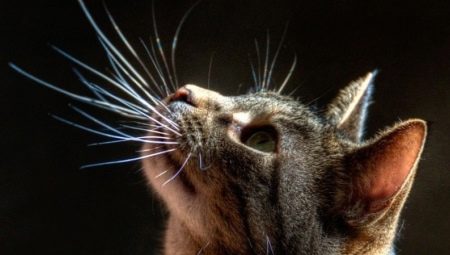
The structure of cats often raises many questions among their breeders. In particular, cat owners are interested in cat whiskers. They wonder what they are for and if they need a cut. It's time to look into this issue.
What are the correct names?
The cat's whiskers are scientifically called vibrissae (they got their name from the Latin word "vibrissae", which means "to vibrate", "wriggle", "vibrate"). These are the pet's senses that constantly move and vibrate. In fact, This is the tactile hair of a cat, which differs from the rest of the coat in greater rigidity, thickness, length and rooting.
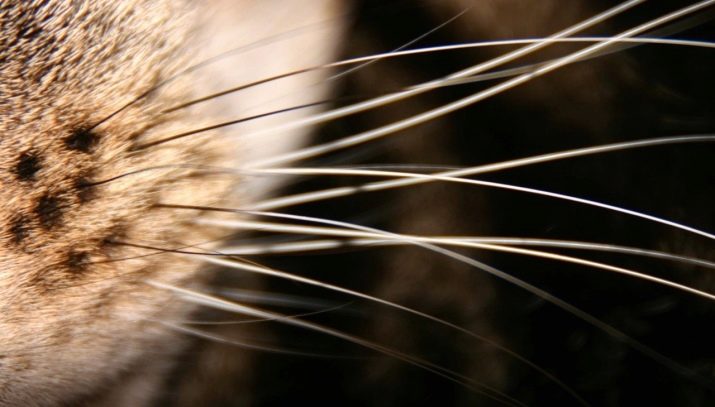
Structure
The structure of vibrissae has its own characteristics. Each hair is enclosed in its own capsule called a follicle. It is connected to nerve endings, blood vessels and muscles. It is due to the connection with the brain of the animal that the cat reacts to any changes in the environment, from the vibrations of the air to the movement of any objects.
The slightest changes are sent to the brain, which leads to a change in the cat's behavior.
In this case, some rows of whiskers on the pet's face (3 whiskers on each side of the nose) can move separately. Vibrissae are placed deeply, their damage is fraught with loss of orientation in the direction for which a particular hair is responsible... The hair root is located under the layer of the epidermis, it is surrounded by skin glands, venous sinuses and nerve endings.

Length
Thick and hard vibrissae have an average length of 6-7 cm.In representatives of large breeds (for example, Maine Coons), it is larger and can reach 18-19 cm. The length of vibrissae on the cheeks and other places may differ. At the same time, it does not affect the functions of the tactile organs: both those and other hairs do an excellent job with their task.
For example, short vibrissae on the paws help the animal to feel the vibration of the floor. Those mustaches that appear to be eyebrows to the breeder are eye protection and contribute to a better sense of space. Remarkable is the fact that the length of the whiskers is directly related not only to the size of the breed, but also to the thickness of the animal. For example, whiskers are often longer in fat cats.
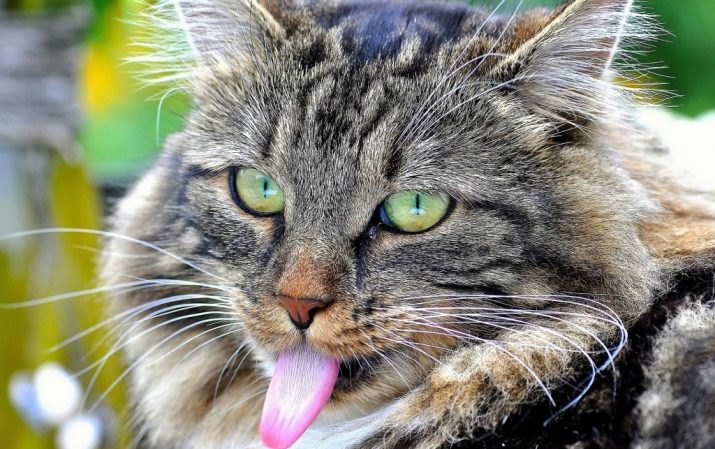
Locations
Typically, the tactile sensory organs consist of 24 hairs, which are located in 4 rows on either side above the upper lip of the animal. That is, on each side of the nose there are 12 hairs (sometimes there are many more). In addition, they can be located in the eye area, on the chin and on the lower parts of the body - on the paw pads. The amount of the bulk of the vibrissa can vary.
Moreover, they can be not only straight, but also curved, and even wavy, depending on the breed.
Each mustache connects to a specific area of the brain. Whatever they touch, it provides certain information from the outside world. Vibrissae, which have nerve endings associated with brain receptors, grow separately from each other. Some of them do not bend well, but they function in the same way in individuals of different sexes. They are located up or to the sides, and therefore do not interfere with the animals.
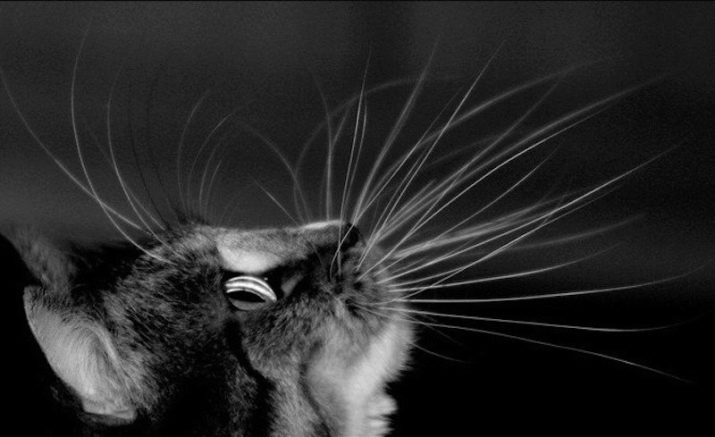
Thickness
The vibrissae can vary in thickness depending on the breed of the cat. The thickness of the organs of touch is 2 or even 3 times thicker than the fur of an animal. It may differ depending on the location. For example, be different on the lower jaw and on the back of the forelegs, on the cheeks they are thicker than above the eyes. Despite this, they are extremely sensitive, and therefore the cat tries not to expose them to unnecessary pressure. For example, sometimes eating from a narrow bowl can trigger vibrissal stress.
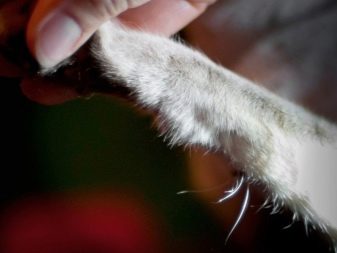
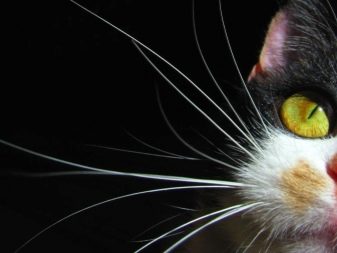
Functions
A cat's whiskers have many functions. Thanks to them, cats are able to accurately navigate in space even at night. Vibrissae help animals to carry out maneuverable jumps over long distances, distinguish between high-quality and bad food, hunt and evaluate the enemy during a fight or during games.
Navigation
In order for the animal to be able to freely orientate itself in space, it does not have to touch any objects with the vibrissae. For a full-fledged and clear picture, air vibrations are enough. It can also be created during the movement of the cat, reflecting from walls or objects. Vibrissae are able to catch reflected waves and "draw" a virtual image.
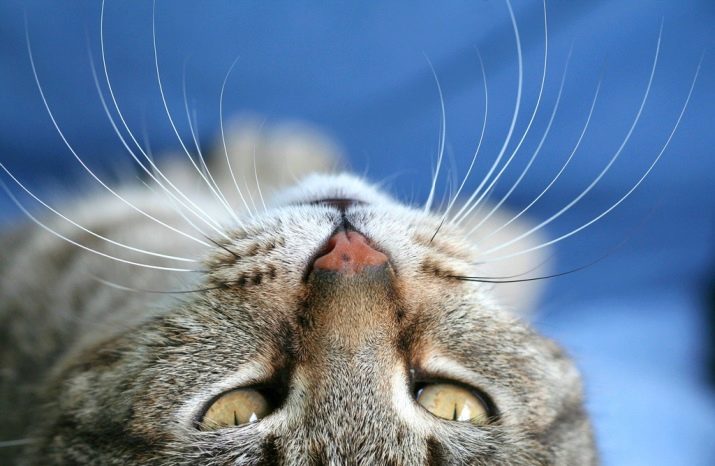
This allows the animals to freely bend around objects on the way in the process of movement.
Touch
The parameters of the whiskers help the cat understand if he can crawl into a narrow space. That is why he climbs into boxes, packages and narrow manholes without fear. The hairs on the backs of the front paws can be called the second eyes of cats: with their help, the animal not only climbs and gets food, but can also strike when hunting. The hairs on the cheeks, located on either side of the nose, are connected to the muscles. By moving them and touching various objects, the cat receives valuable information about the surrounding space.

Hunting
Surely the cat breeder noticed that the cat leans to the ground while hunting. However, at the same time, he hardly thought that it was necessary for the tactile contact of the vibrissae with the ground. Even the slightest vibration generated by mouse paws cannot escape the sensitive vibrissae. It is enough just to touch the floor with them and the necessary information will be received.
It is due to the vibrissa that the cat understands in which direction the mouse has run. However, the functions of the hairs are not limited to this. When the cat catches the victim, it is the mustache that will tell him whether she is alive or dead. In this case, the pet will not eat live prey, because a mouse in a fit of mortal fear can bite a cat.
After the prey is strangled, the cat proceeds to the meal. You may notice that he also checks the food from the bowl for "liveliness". Touching him with vibrissae, he assesses whether the food is alive, and only after that he starts eating.

The whiskers directed forward indicate that at the moment the animal is analyzing whether food will attack it.
Communication
It is unlikely that the owner of the cat thought about the fact that his pet communicates with other animals using vibrissae. Through them, the cat gives signals to other brethren about his mood. For example, a mustache helps him even when fighting for a female or in a duel for territory. The whiskers extended forward indicate that the cat does not mind getting to know a fellow. When they are spread apart, this indicates unfriendliness, and if the hairs are tightly pressed to the muzzle, then the animal is frightened.
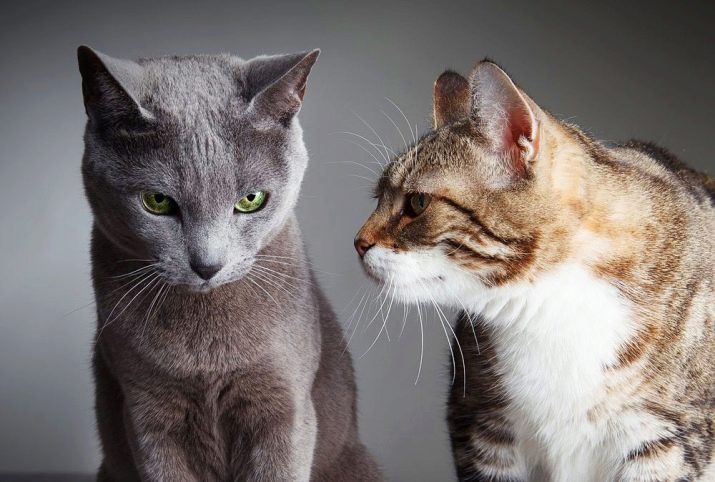
Can I trim them?
Despite the fact that the mustache grows faster than the main coat, it cannot be trimmed. By doing this, the breeder causes serious damage to the health of his pet. The loss of whiskers deprives the animal of the additional information that it needs for proper growth and development. This will affect appetite, activity and health. Of course, over time, vibrissae grow back, but during this period of time the pets will be deprived of a lot. In fact, this can be compared to a person who has impairment of hearing, sight and touch.
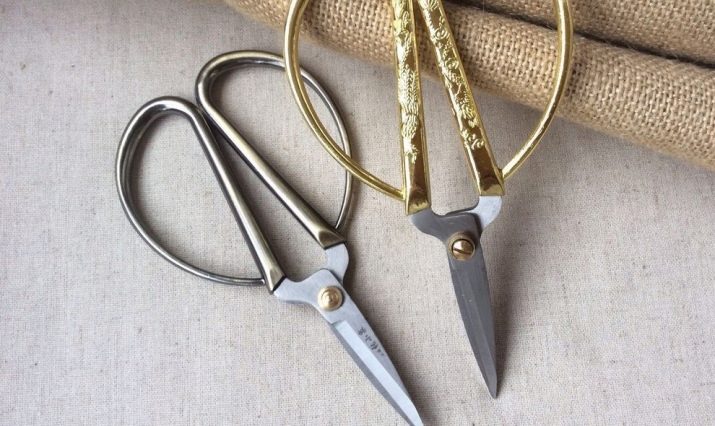
Care features
Vibrissa change in cats occurs by itself in the course of their entire life. There is no need for any auxiliary manipulations, because nature has not come up with anything superfluous for the cat. Partial pruning of vibrissae on the face is allowed only in case of radical treatment of fungal infection. However, this is an extreme measure. It is only possible when the health benefits of the manipulation outweigh the risks.
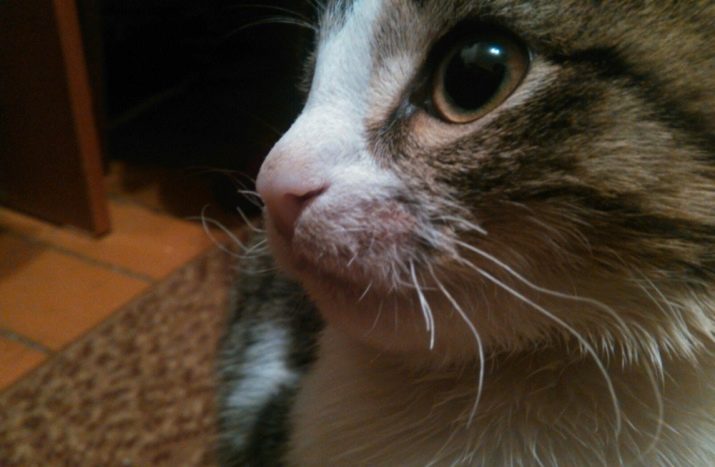
Problems and possible illnesses
An attentive owner caring for his pet knows that vibrissae are sensors that signal a cat's health problems. The worse their condition, the worse the quality of life of the pet.
It is necessary to monitor the mustache, this will allow you to recognize the problem in time and fix it.
For example, problems with whiskers in cats can occur due to hormonal disruption. It can be caused by stress, adolescence or pregnancy in females. In such cases, it is necessary to show your pet to a professional veterinarian. Vibrissae can become thinner, brittle and inelastic.
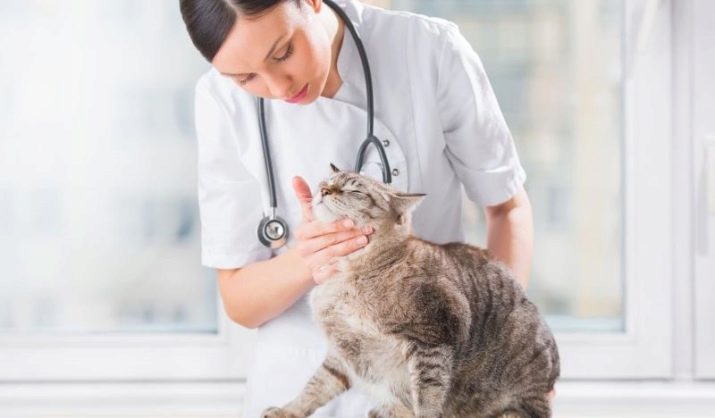
There are times when cats themselves scorch vibrissae, being near a fireplace or gas stove. Not all of them have an instinct for fear of fire, and therefore the owner has to make sure that the animal does not come too close to a dangerous place.
Fragility
The increased fragility of the mustache speaks of 2 factors: a lack of moisture and improper washing of the cat. For example, an animal's whiskers can suffer if the air in the room is dry. In addition, the cat should have a bowl of fresh water regardless of the feeding time. If he is limited in fluid intake, vibrissae become brittle.
As for the washing procedure, there are 2 reasons here.... This may be due to the choice of a low-quality bath product. In addition, few people pay attention to the fact that it is not always necessary to wash a cat with detergents. Sometimes warm water is enough.
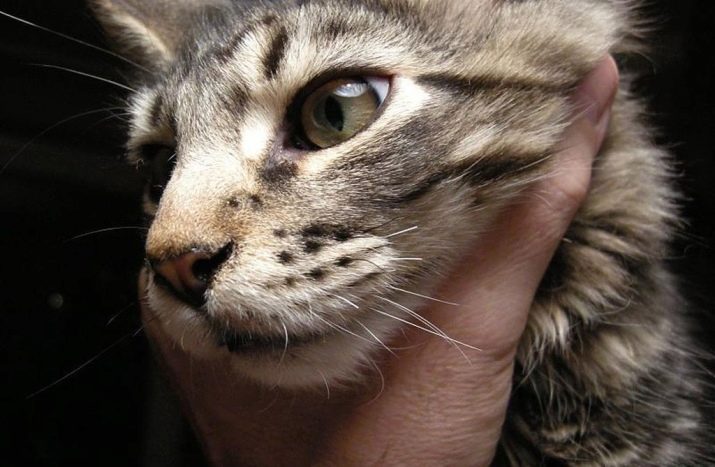
It is also important to pay attention to the frequency of procedures: you cannot bathe the animal too often.
Dropping out
Mustache loss is a more serious problem. Unlike breaking off, it is independent of environmental conditions. It indicates health problems and is often accompanied by an allergic reaction. As a rule, accompanying symptoms can be hair loss, watery eyes and stool problems.
Faced with this problem, it is necessary to revise the nutritional value of the animal's diet. It is likely that the cause of the loss is vitamin deficiency, as a result of which the loss of the mustache becomes larger. This may be due to the monotony of nutrition, which causes a deficiency of vitamins and minerals necessary for the body.
Loss may be due to the parasite infection of the cat. Their waste products are extremely toxic and can lead to intoxication of the body. From poor supply, the hair follicles receive less nutrients, which is why the vibrissa weakens and falls out. In addition, whiskers may fall out due to an animal's allergy to flea saliva or fungal skin lesions.

Poor growth
If the cat's vibrissae grow slowly, not differing in strength and sufficient thickness, it is necessary to revise not only the nutrition, but also the conditions of detention. Poor growth can be caused by poor food quality, lack of vitamins and minerals, poor metabolism, or problems with the endocrine system. To achieve an improvement in the growth of vibrissae, it is necessary to improve the quality of keeping the animal.
It happens that poor growth is a consequence of a disease. For example, it could be the result of a prolapse caused by a benign tumor in the ear. Unfortunately, our medicine does not always detect such cases on time.
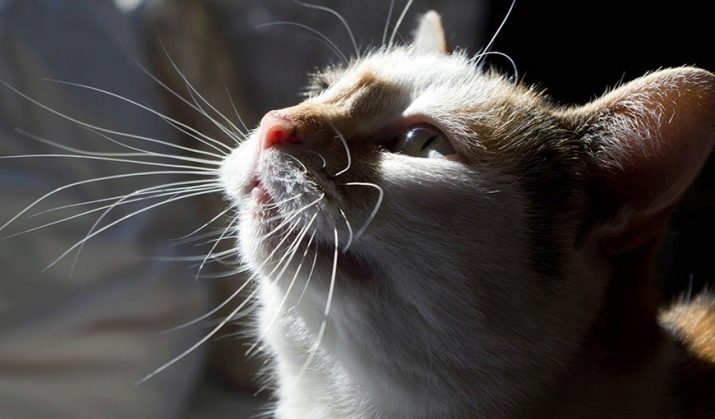
However, as practice shows, the mustache grows back, albeit slowly, after the operation.
Consequences of loss
A cat without a mustache is like a patient with impaired vision, hearing and taste. Depending on the nature of the cat, its behavior when breaking off or losing its whiskers may vary. For example, if almost all vibrissae fall out, it not only weakens, but becomes unable to move in the dark. The animal can bump into various objects due to poor orientation in the dark, it will not be able to assess the size of the holes, and therefore gets stuck inside them.
The accuracy of cat jumps is also reduced. The cat cannot estimate the distance and often cannot jump to the desired object. If the degree of loss is not so dangerous for a pet, then it will not be easy for a street cat.
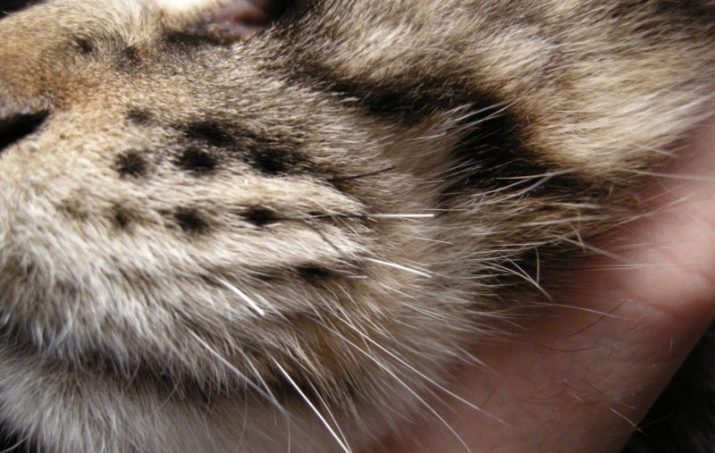
Left without a mustache, the animal will be confused, it can behave strangely, get nervous, afraid, avoid communication. Moreover, it will be passive.
In order for the animal to grow elastic and thick whiskers, it is necessary to include natural food in the diet. It should be balanced, matched to the age of the pet. When it comes to cheap feed, it is made from legumes, is useless for animals, and contains tons of chemicals. The quality of the growing mustache will not increase from them.
However, cats also tend to change their whiskers, which is a natural process. As a rule, at the same time one hair falls out, and a new one immediately grows in its place. If the loss is profuse, the consequences in behavior can be dire. For example, the loss of a navigation system can cause an animal to scratch itself or stop hunting.
It is undesirable to let a domestic cat outside at this time. It is also noteworthy that some mother-cats themselves bite the antennae of small kittens. They do this so that the babies are nearby, as long as possible. However, in this case, you should not be afraid: kittens' vibrissae grow naturally. However, if the number of mustaches is decreasing, this is a reason to see a doctor.

For the reasons for the loss of whiskers in a cat, see below.
































